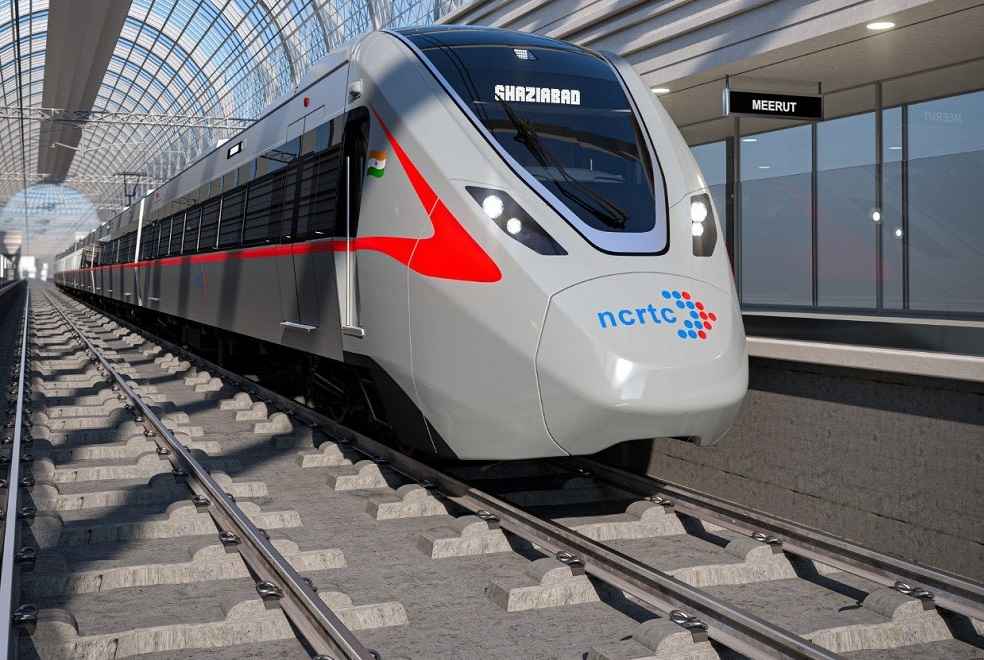Last week, the inaugural journey of India’s Regional Rapid Transit System (RRTS) marked the innovative debut of Alstom’s signalling systems, equipped with integrated platform screening doors. Prime Minister Narendra Modi launched the first Namo Bharat train, traversing a 17-km route between Sahibabad and Duhai Depot on the Delhi-Meerut RRTS.
Alstom’s European Train Control System (ETCS) plays a crucial role in this railway advancement, optimizing the use of existing infrastructure and reducing passenger waiting times. According to Alstom-India, the ETCS facilitates interoperability, allowing for improved coordination and functionality within the transit system.
Safety is a paramount feature of the new signalling system. It allows trains to operate with a minimal headway of 180 seconds, ensuring continuous and secure separation. The system minimizes accidents related to human error by utilizing virtual block implementation methods.

The RRTS, as a semi-high-speed, rail-based transit system, promises to transform regional travel. With a design speed of 180 mph and the potential to operate at 160 mph, the system introduces a new level of efficiency and speed in rail transport.
Key technological components such as Long Term Evolution (LTE) communication are incorporated in the ETCS and RRTS trainsets, also manufactured by Alstom. These technologies work in conjunction, ensuring maximum passenger safety and promoting smooth transit across various corridors.

The Alstom-installed service features Automatic Train Protection (ATP), Traffic Management System (TMS), and Platform Screen Door (PSD) sub-systems, all integrated using LTE communication. These features collectively enhance the operational safety and reliability of the RRTS, establishing a robust and secure transit network for passengers.
AWJ CHOICE | Hyperloop Transportation: Everything You Need to Know





